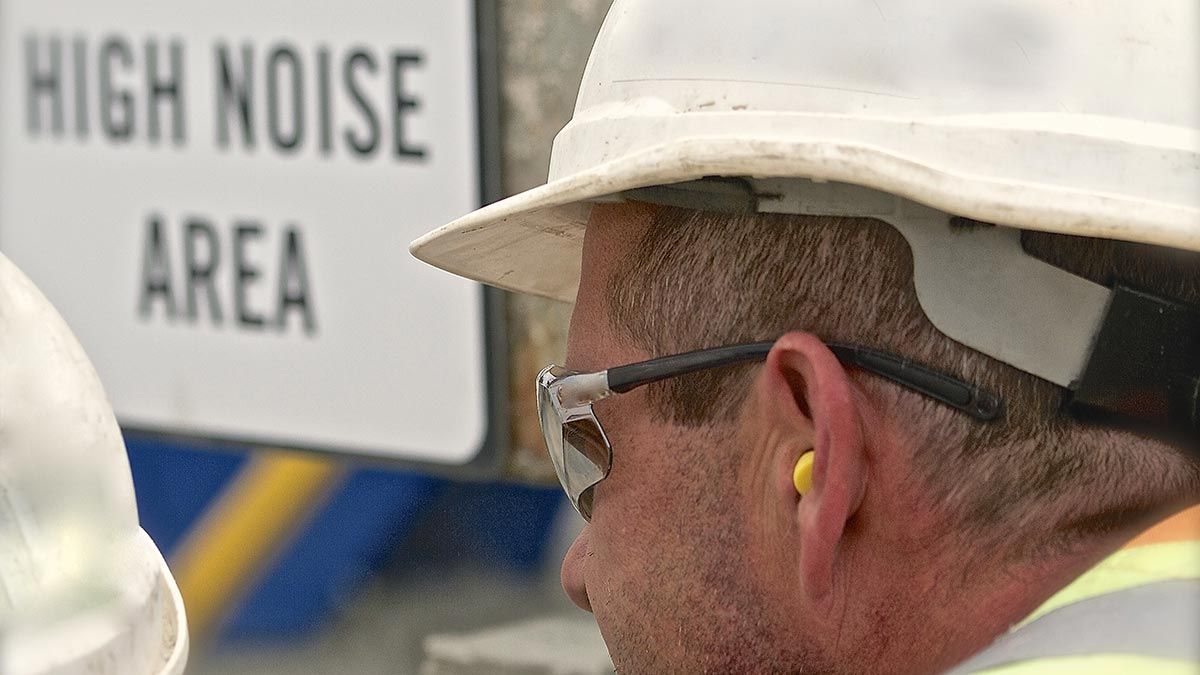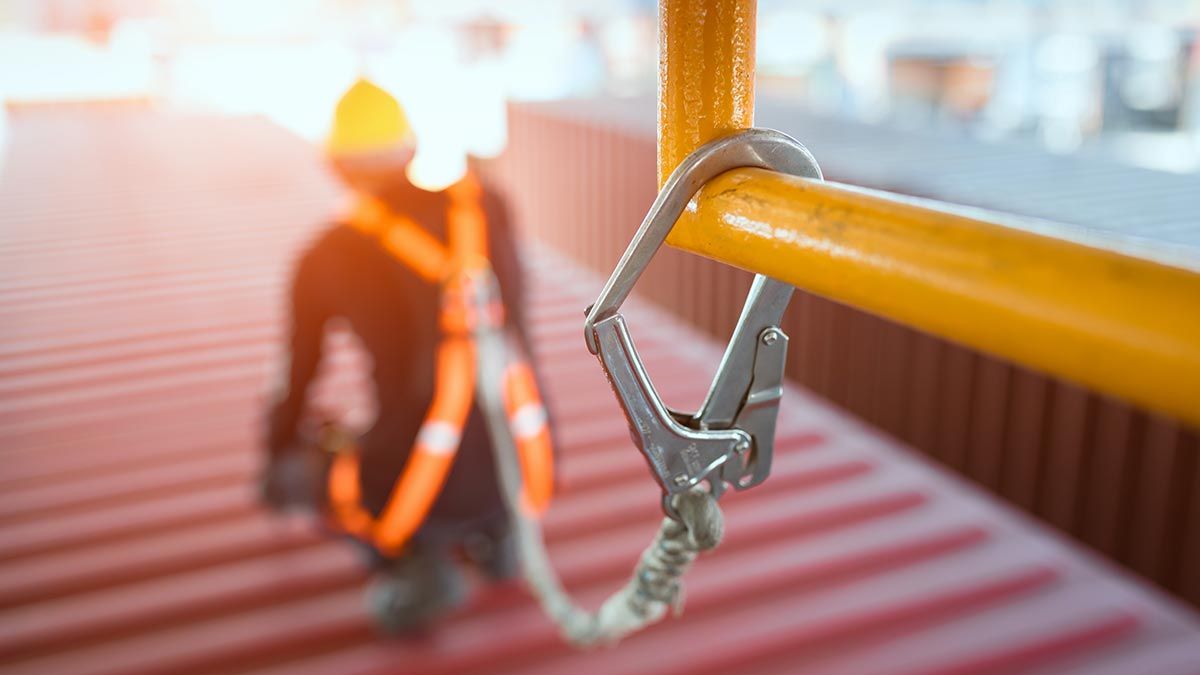WANT A GREAT DEAL?
Add products & we'll be in touch soon!


What PPE do you need for your worksite?
Safety Glasses
AS/NZS 1336 provides information on how to select the proper eye protection for the workplace. In a nutshell, these are the most important factors that should be considered:
- The nature of risk to the eyes e.g. chemical splashes, impact, radiation and dust particles;
- Working conditions and visual requirements of the task;
- The wearer's eyesight condition; and
- Personal preferences or comfort e.g. weight, appearance and ventilation.
Safety Glasses come in a range of different shapes, sizes, and protection levels. Side shields should always be included to provide protection from any flying debris or liquid splashes entering behind the lenses through the sides. Large-sized safety glasses are also available to be worn over an ordinary eyewear. In some cases, regular eyewear can serve as safety spectacles if the lenses are made with high-impact materials, although a removable side shield should be worn.
Goggles enclose the eyes and are secured around the face by an elastic or adjustable headband. They come with ventilation ports to allow air circulation and prevent fogging. There are also wide-vision goggles wherein the lenses extend around the face to provide a wider field of vision. There are two goggle styles to choose from. Eyecup goggles completely enclose the eye for full protection, while cover goggles are designed to be worn with other eyewear. Goggles are ideal to wear when the tasks involve the risk of impact from particulates or splashes of liquid (e.g. chemicals) damaging the eyes.
Face shields have transparent visors that protect the entire face or a part of it. They provide protection against splashes, impact, heat, glare, molten metal, and hot solids, among other hazards. With this eye protection device, a wearer generally lifts and lowers the visor often when working, and thus, safety spectacles should be worn under it to provide protection to the eyes when the visor is lifted. Face shields are often used in electrical work, construction, metal work, automotive and other industries with risks of short circuit electrical arcs.
Welding shields are rigid devices that protect not just the eyes but also the entire face, including the forehead, face, and neck against heat, ultraviolet light, flash burn and sparks.
Non-rigid helmets, or safety hoods, are worn over the head and have windows made of impact-resistant plastic or similar material. They may come with an air supply system and are ideally used in worksites with confined spaces. They're also convenient to carry and store. Safety Hoods provide protection against hazardous substances, infectious materials, liquid splashes, and dust. This type of safety PPE is commonly used in laboratories, medical and pharmaceutical environments, oil and gas industries, and commercial cleaning activities.

Hearing Protection
When it comes to hearing protection in the workplace, your options are ear plugs, earmuffs, or semi-inserts.
Semi-inserts, or ear canal caps, basically close the ear opening. They are flexible tips that plug the ears but do not insert into the ear canal like ear plugs. They don't give as much protection as earmuffs or plugs but are ideal for tasks that need frequent removal of the ear protection. This type of ear protection is not designed for continuous, long-term use.
Earmuffs cover the entire ear to "muffle" the pressure from the sound moving into the ear canal. They generally have a Noise Reduction Rating (NRR) range from 20 to 30decibels (dB). The muffs are pressed lightly against the head with an over-the-head band. Some earmuffs do not have a full band, however, and instead, they're connected or clipped to the side of a hard hat, which is perfect for construction and road works.
Ear plugs offer the highest form of protection for the ears, as they essentially prevent sound pressure from reaching the ear drum. They generally have a Noise Reduction Rating (NRR) range from 22 to 33dB. They are small items that plug into your ears, available in either disposable or reusable forms. Some come with a band, strap, or a coil to avoid misplacing or losing them.
Using both earplugs and earmuffs can further provide more hearing protection.
The legislation in Western Australia defines workplace exposure standard for noise to be an average of 85 dB(A) over an eight-hour period daily, or a peak noise level of 140 dB(C). In case of excessive noise level, practical measures must be implemented to reduce it using engineering noise control or reduction of exposure time. The excess noise level, after worksite control measures are implemented, should be further reduced with hearing protection devices.
Safety Gloves
Safety gloves must be used when the task involves intentional or incidental contact with hazardous materials which cause skin damage or trigger allergic reactions. There are various types of safety gloves, and your choice must consider the types of materials handled and the type of work to perform.
- Nitrile gloves can serve as your all-purpose gloves, as they are suitable for a wide range of applications especially for biohazards. They are highly durable against punctures, chemical reactions, and can show clear indication of damage or compromise.
- Natural rubber gloves, or latex gloves, are also ideal personal protection for biohazards with risks of infection. Natural rubber gloves are also ideal for handling inorganic chemicals. They are highly flexible, which means that they're less likely to interfere with touch sensitivity and dexterity.
- Butyl rubber gloves are re-usable and provide strong protection against hydrofluoric acid, sodium hydroxide, halogens, and other aggressive chemicals.
- Polyvinyl Alcohol (PVA) gloves are ideal to use with aromatic and chlorinated solvents. However, they dissolve in water, and should not be used with water-based solutions.
- Neoprene gloves are ideal for phenols, alcohols, bases and acids, fuels, and hydrocarbons.
Cut Rated gloves are personal protection equipment that are detailed in the Australia and New Zealand AS/NZS 2161 Glove Standards. The tests measure the durability of the safety gloves against cut, tear, puncture, and abrasion. Cut rated gloves are mandated by Australia's Occupational Health & Safety regulation in many industries.
Safety Harnesses

When working with heights or in situations when there's a risk of injury or death from falling, safety controls must be put in place. According to AS/NZS 1891.4 Hierarchy of Controls, the potential fall hazards must be identified, eliminated, substituted, and isolated first. When all these methods are done and there is still a fall hazard, protection equipment such as a safety harness is needed to prevent falling or to minimise injury when falling. In summary, an employer should not implement the use of fall protection equipment as the main safety control for fall hazards when the risk can still be greatly reduced with proper assessment and rectification of the potential hazard area.
A safety harness serves as the main equipment for the fall arrest system, which aims to safely stop the worker who is already falling. Safety harnesses are made from synthetic webbing, rope, or wire cable, and are securely and directly attached to a rigid structure with a locking device. It can also be indirectly attached to a rigid structure.
A regular safety harness has an H-configuration in front of the chest, also commonly known as the cross-over design. The straps on the legs, chest and torso can be fully adjusted to ensure the harness is secured around the body. There are two fall arrest anchor points that are secured with D connectors made of either alloy or steel. They are located between the shoulder blades and on the chest. These anchor points help strengthen your harness to be able to withstand the load of a free-falling person.
Safety harnesses can also come with padding to provide comfort for workers who need to wear them for longer hours. Practically, the padding also helps support the weight of the lanyards and other extra tools that can be hanging off the harness. You will also find safety harnesses that come with waist belt and side connectors as well as with integrated tool belt.
Safety harnesses must be used in occupations where there's a risk of falling, such as window cleaners, construction workers, scaffolders, linemen, and bridge painters, among others.
Popular Articles

Company
123 Kelvin Road
Maddington WA 6109
P: 1300 123 387 (DTS)
E: [email protected]
Opening Hours
6:30 AM - 5:00 PM Mon-Fri
7:30 AM - 12:00 PM Sat
Closed Public Holidays












